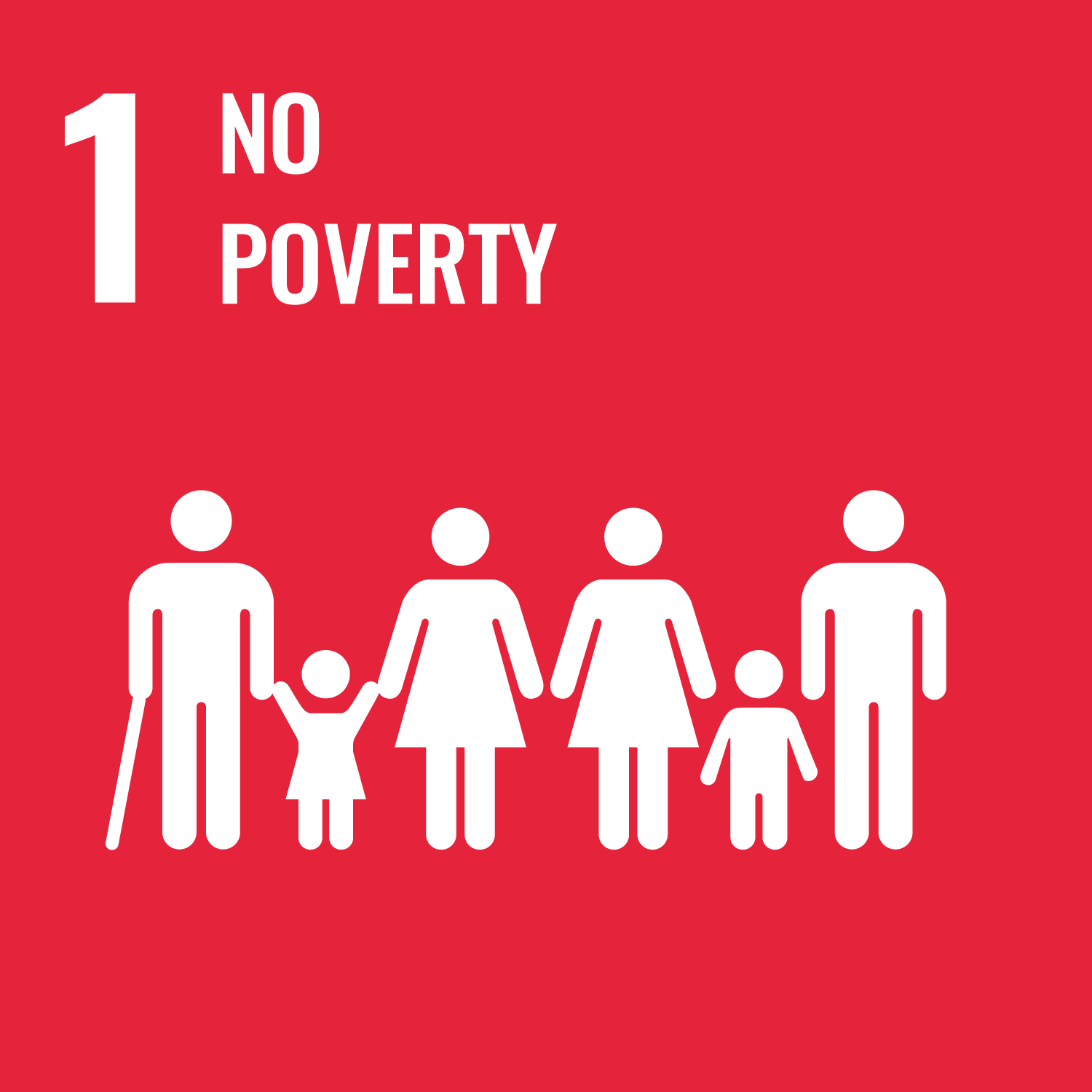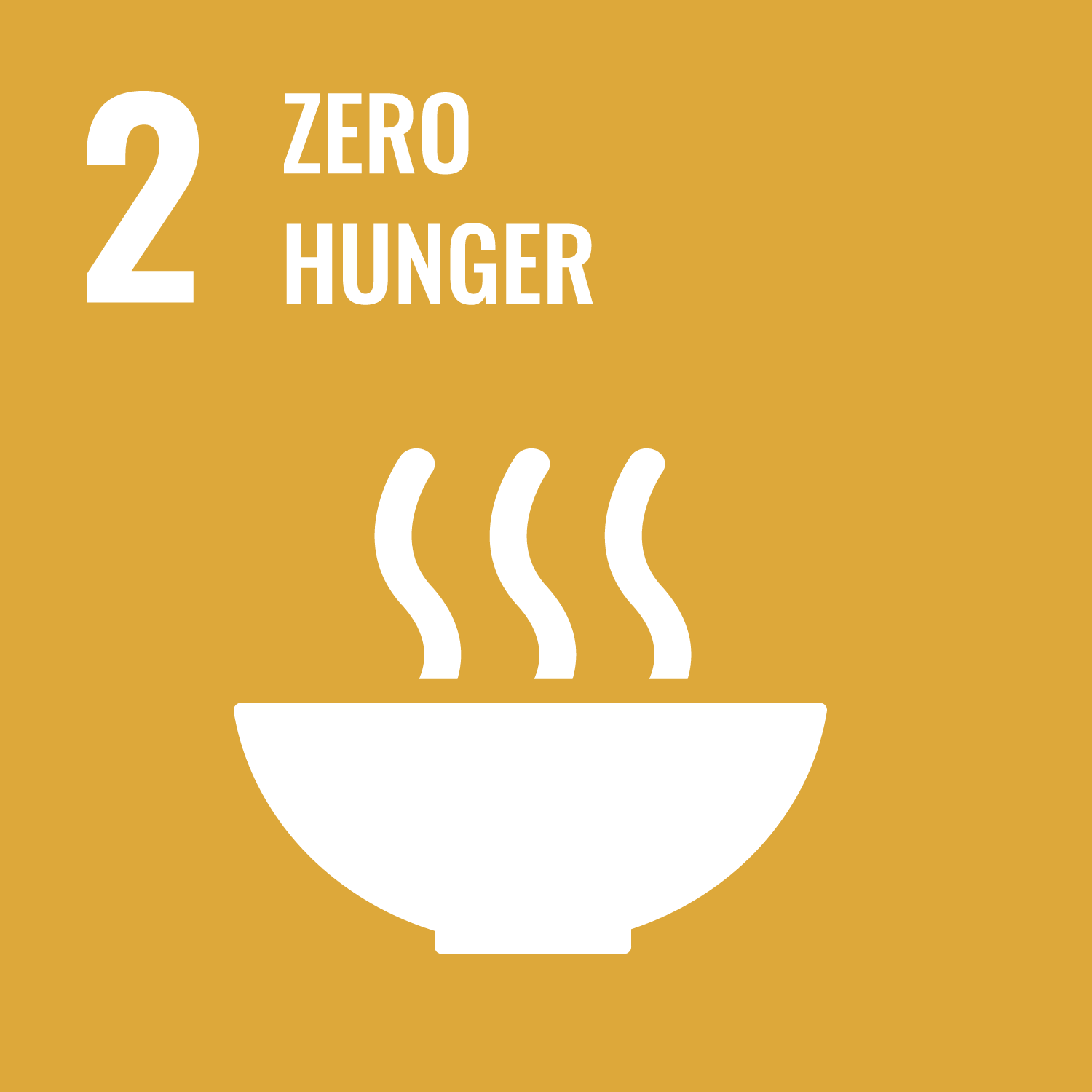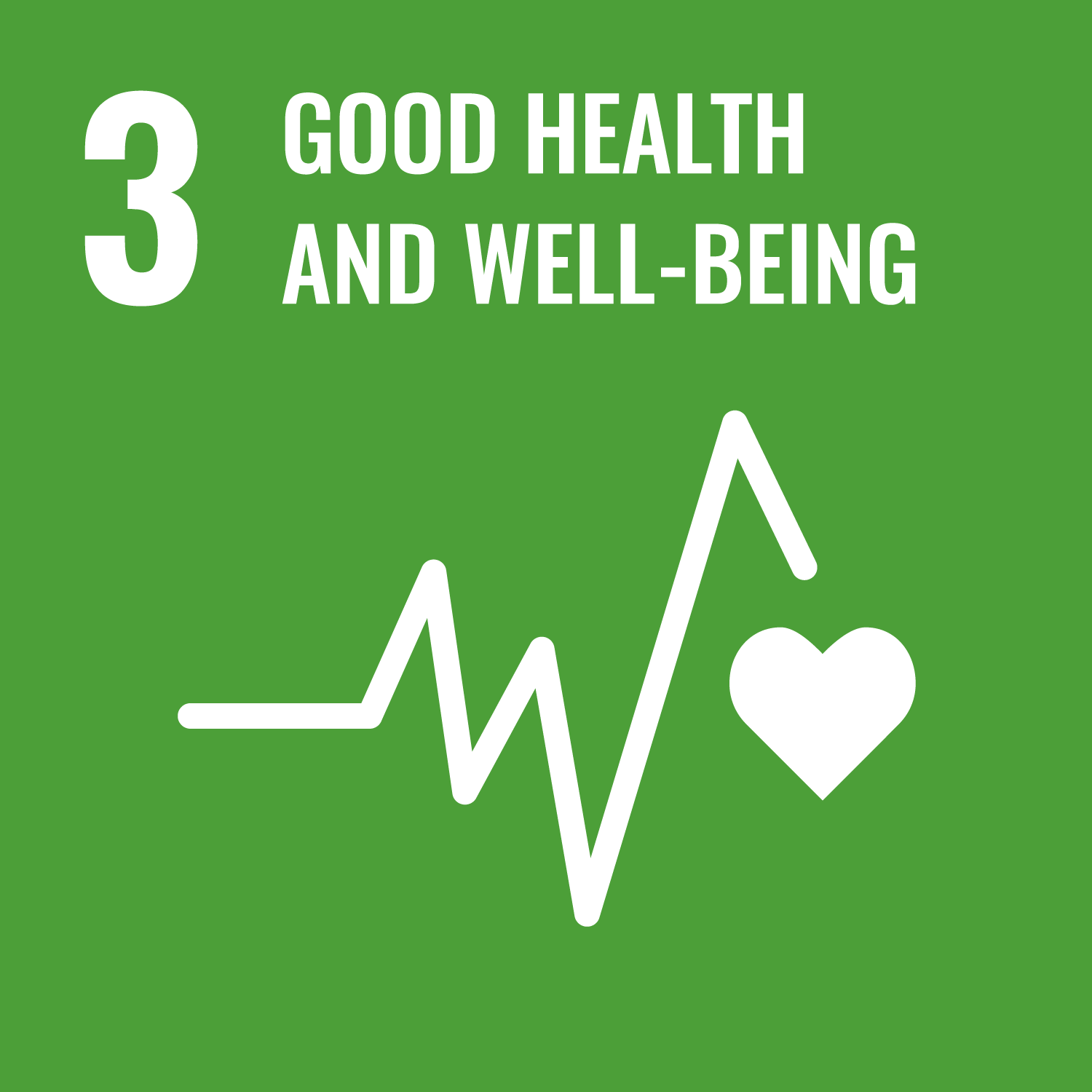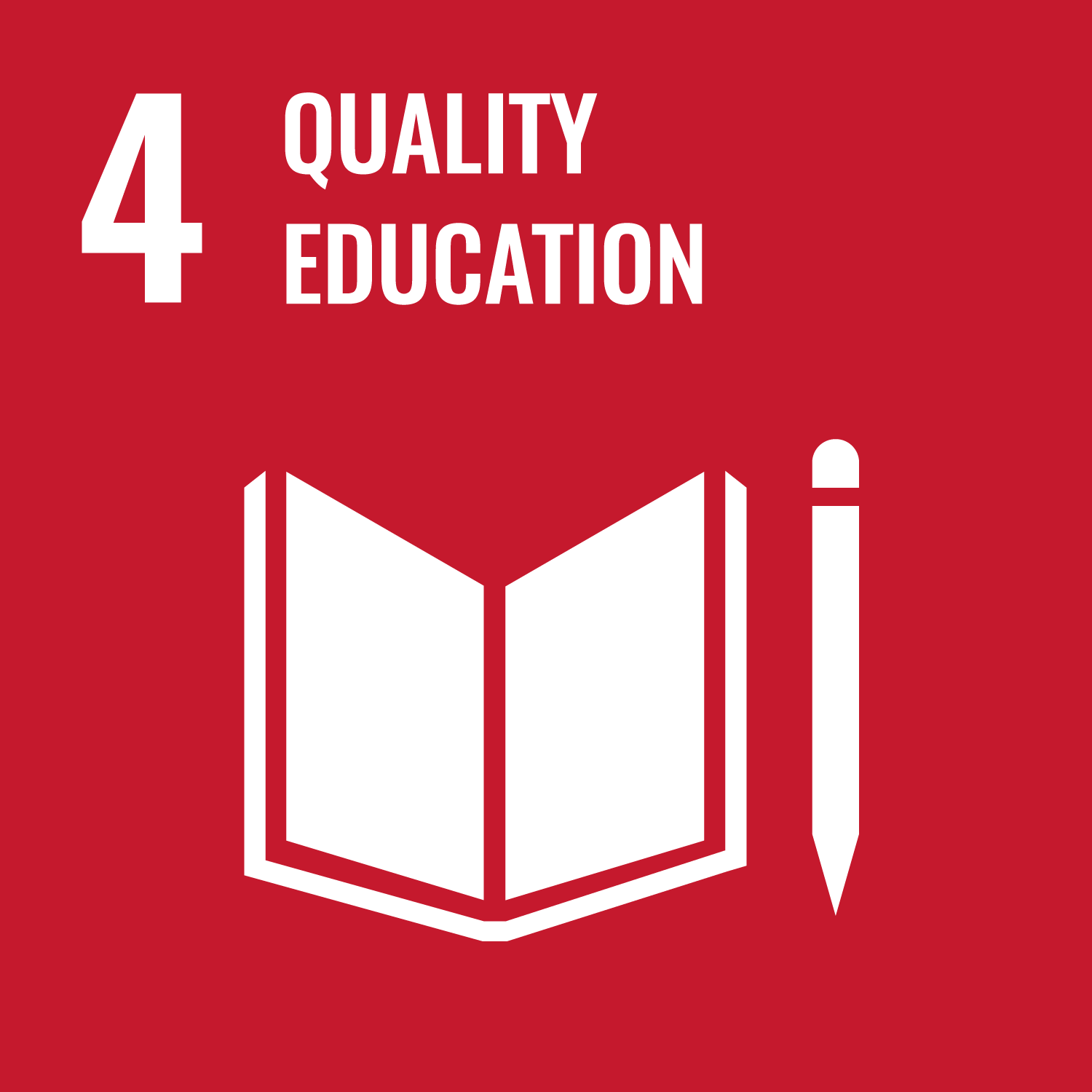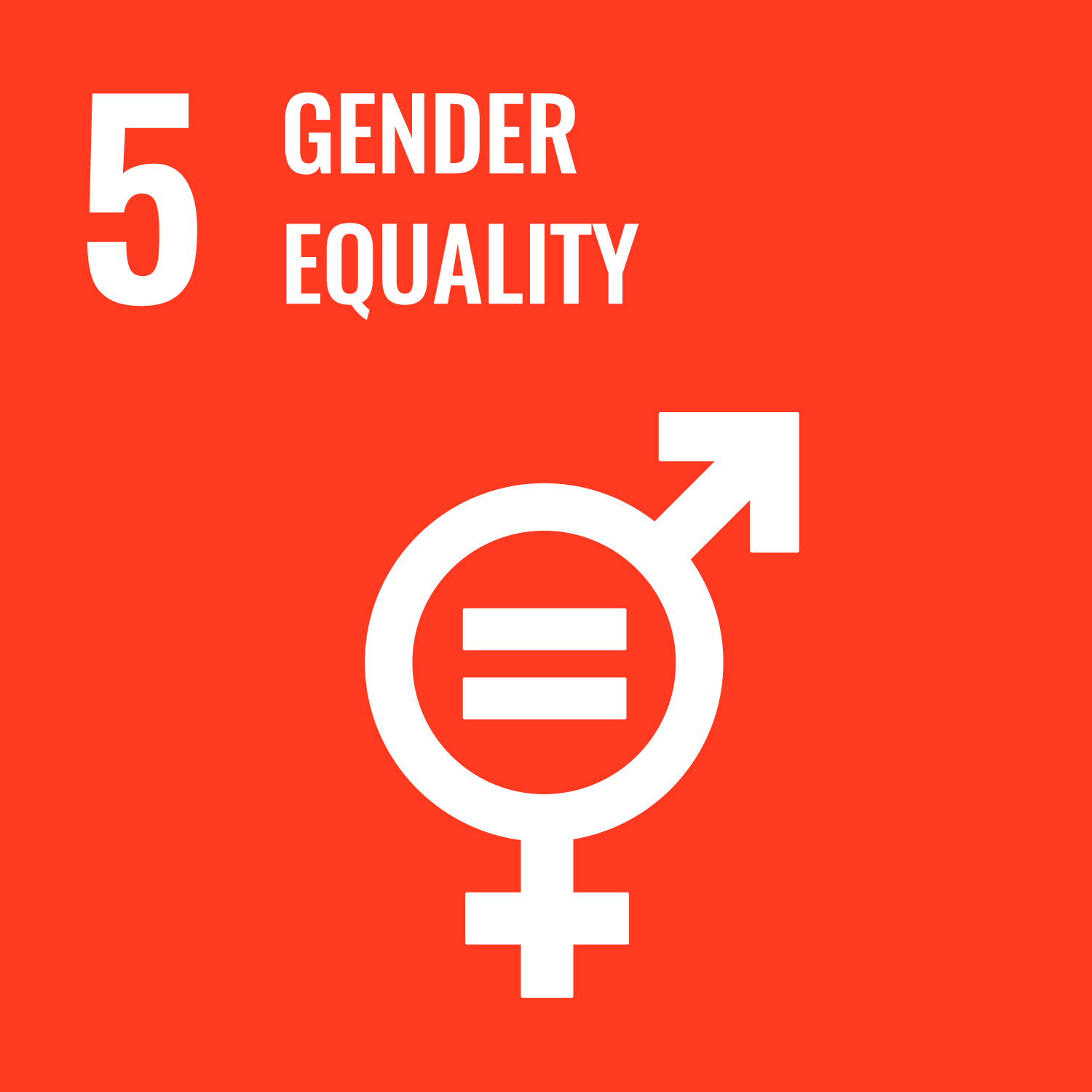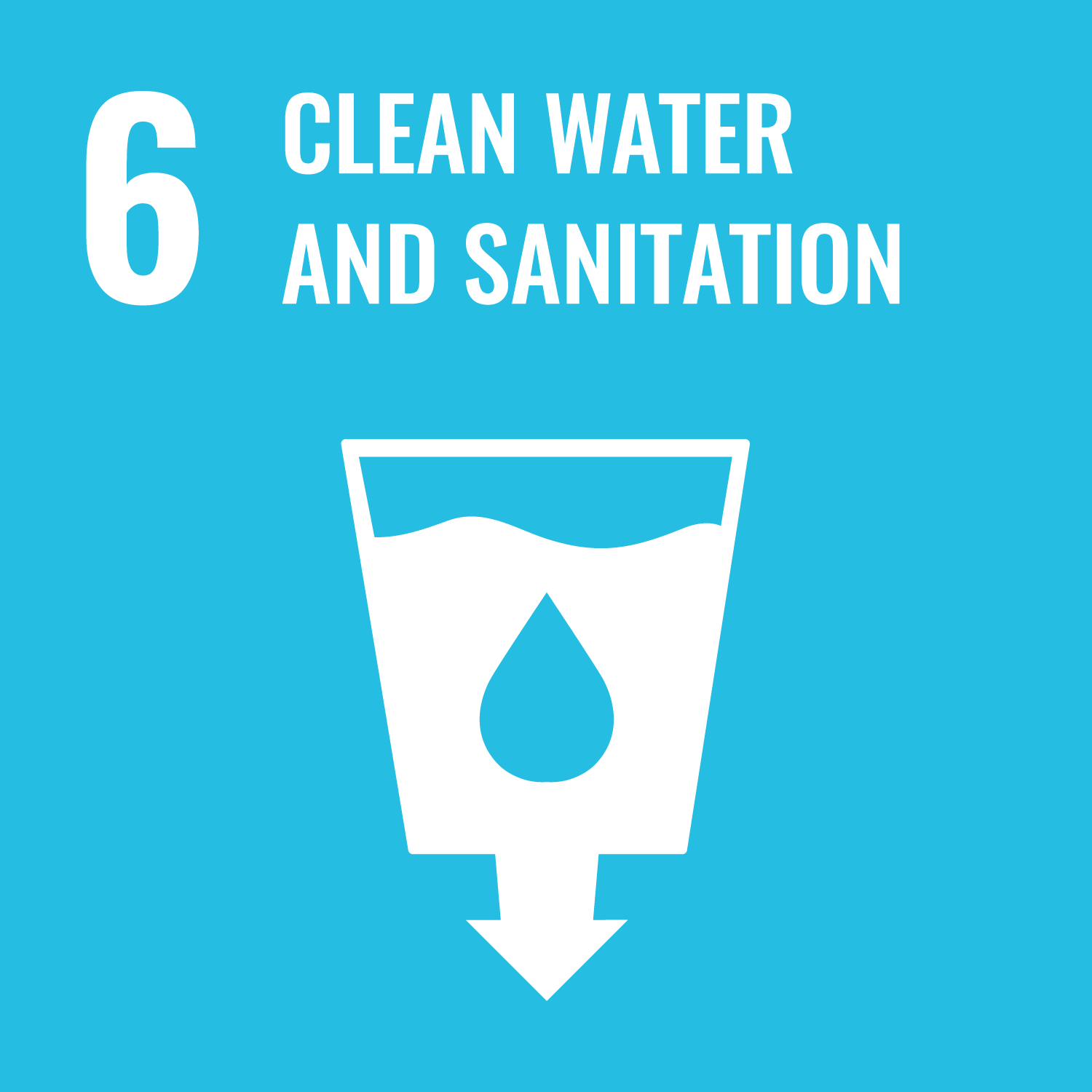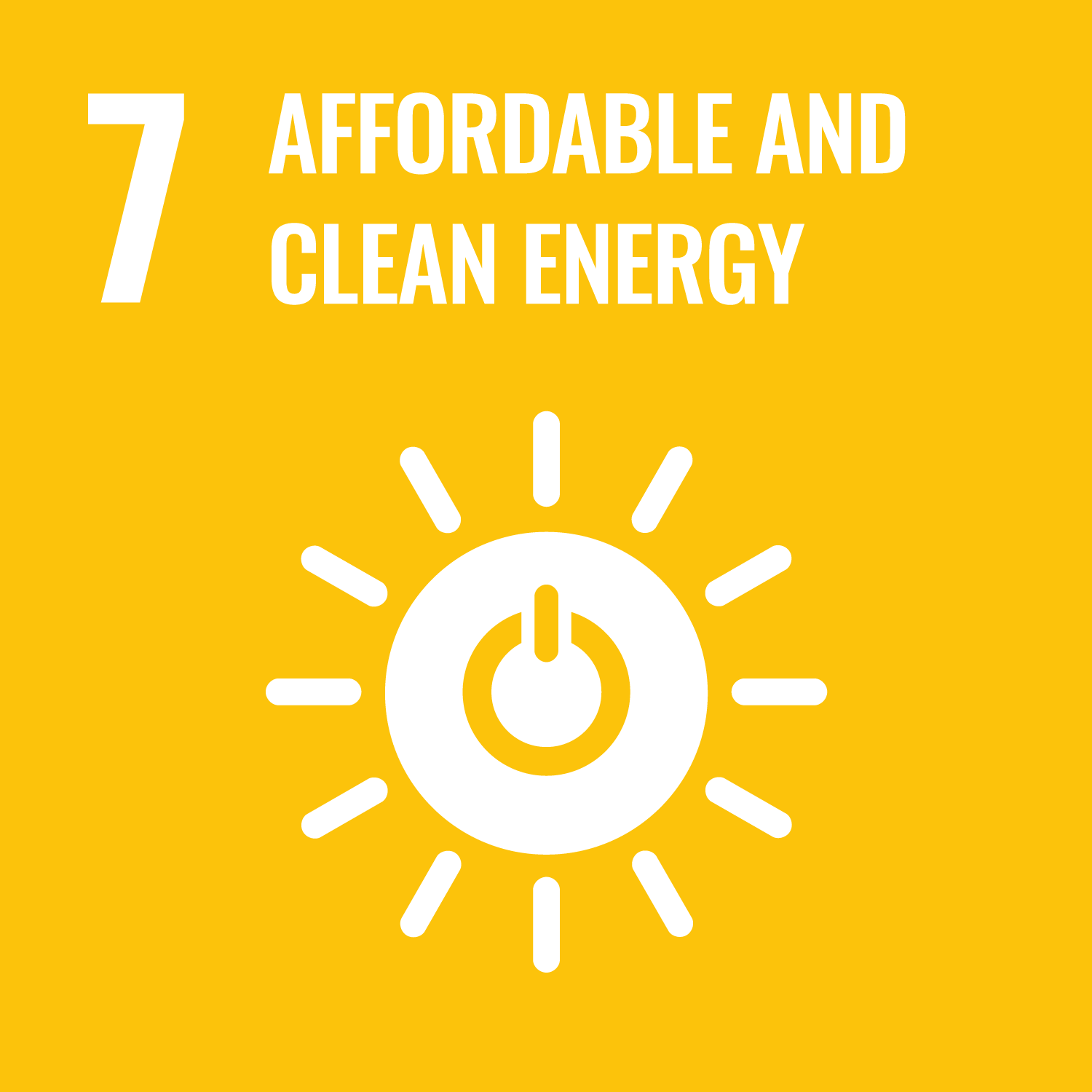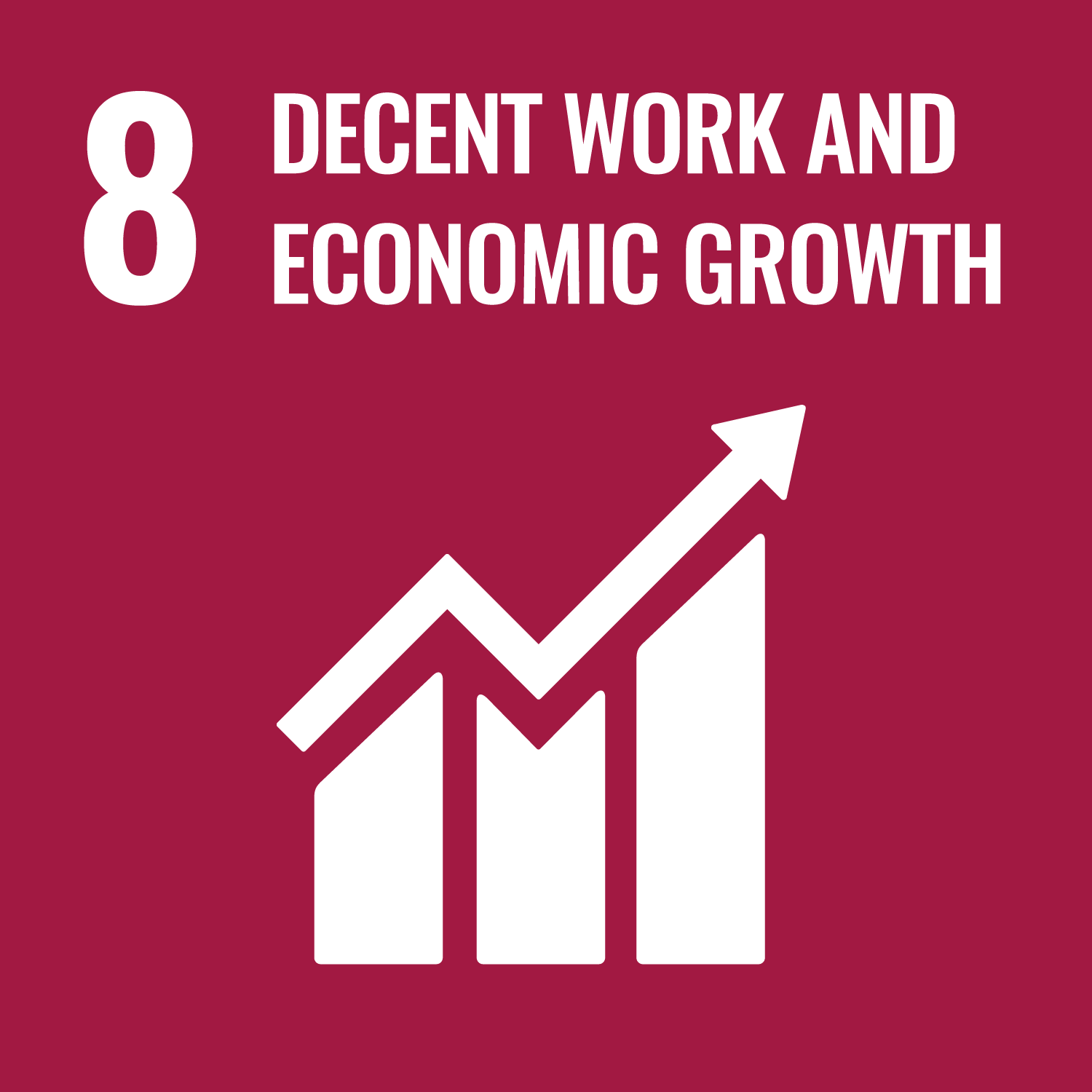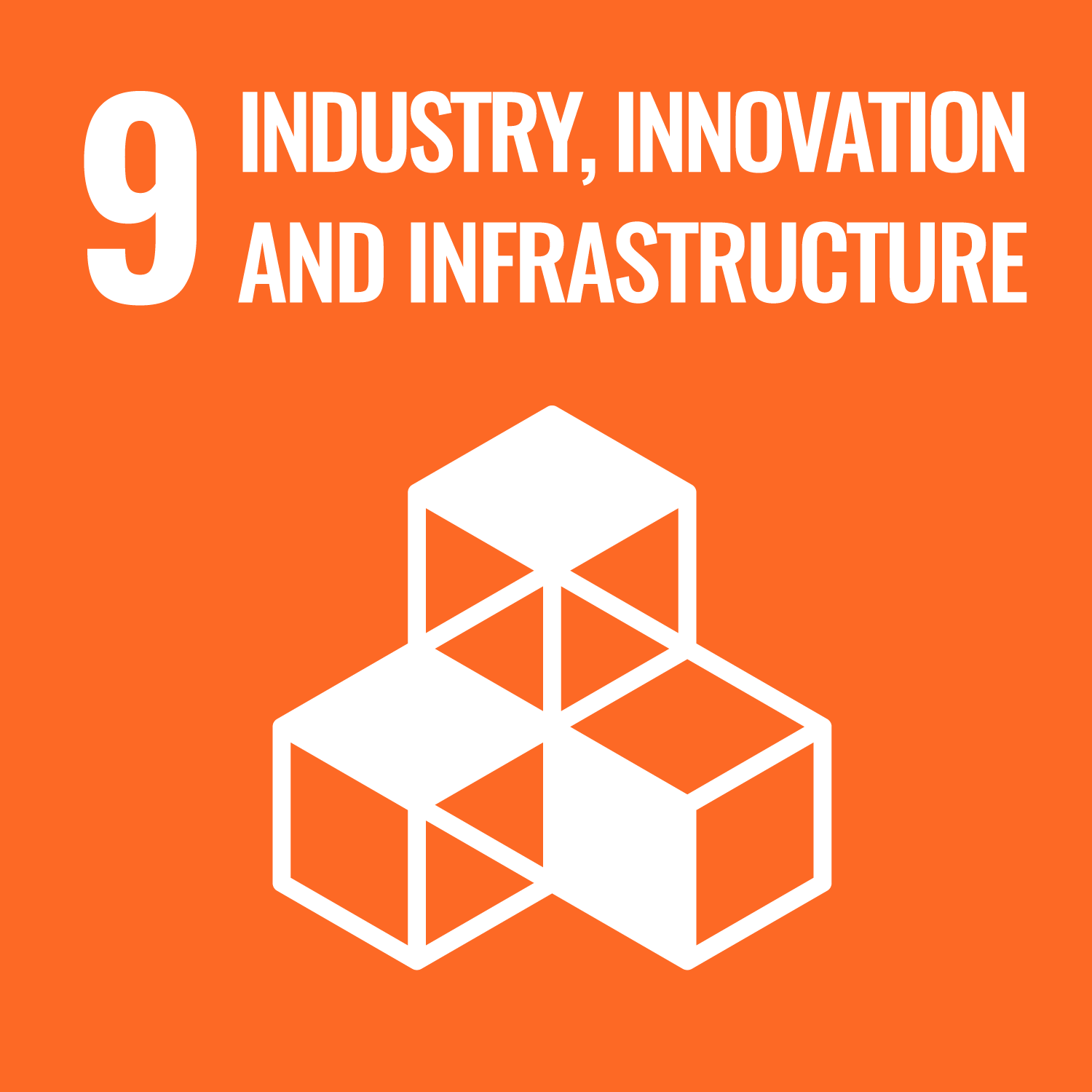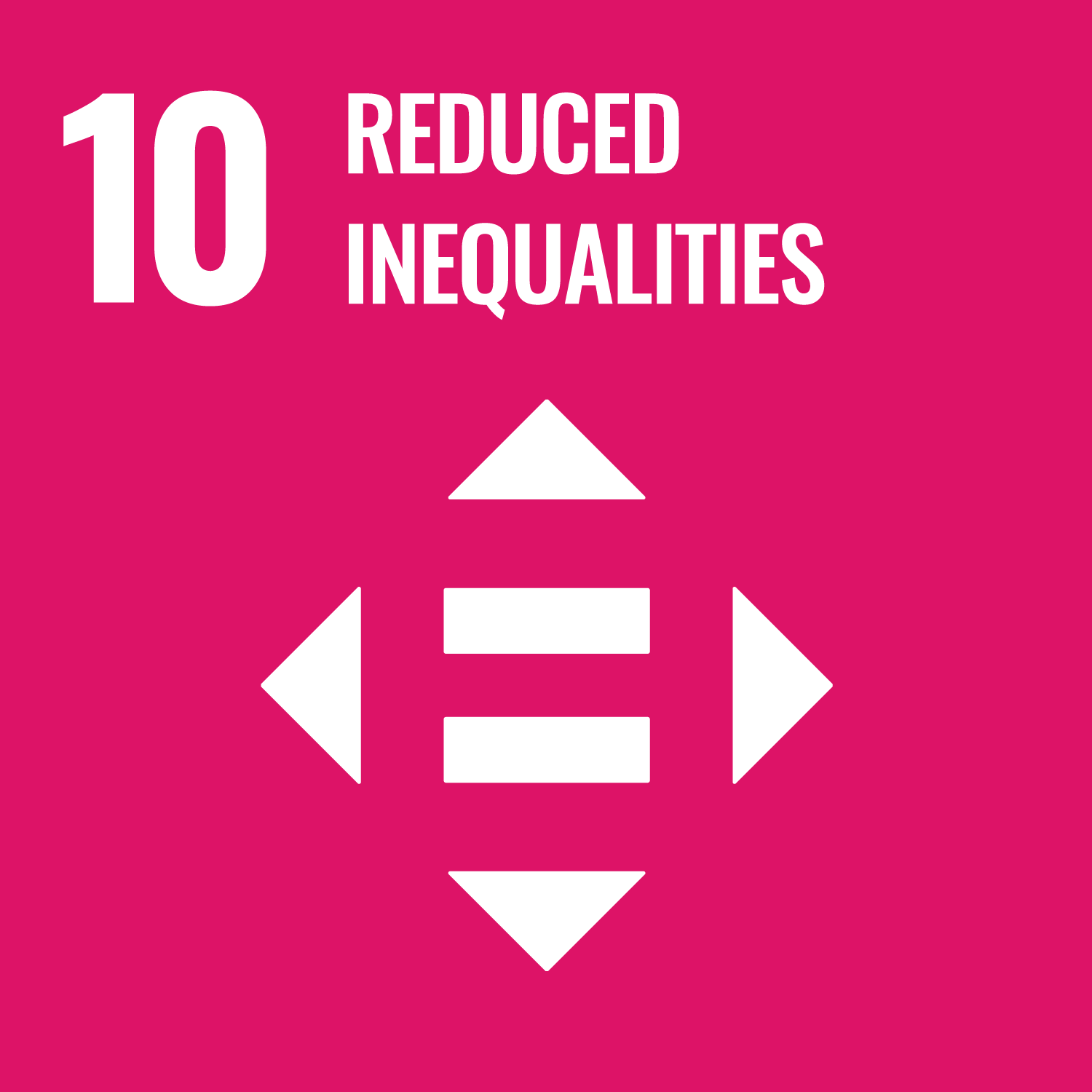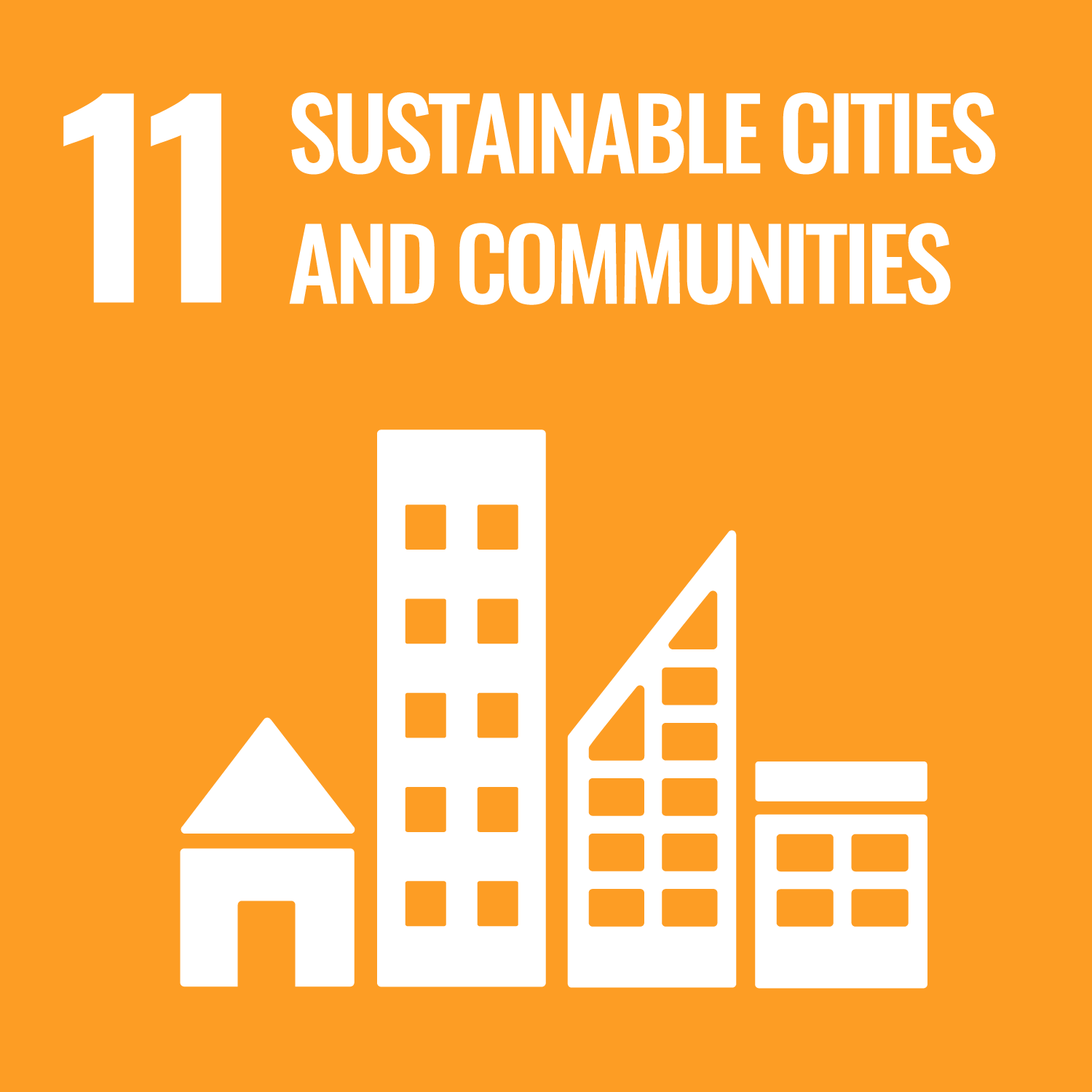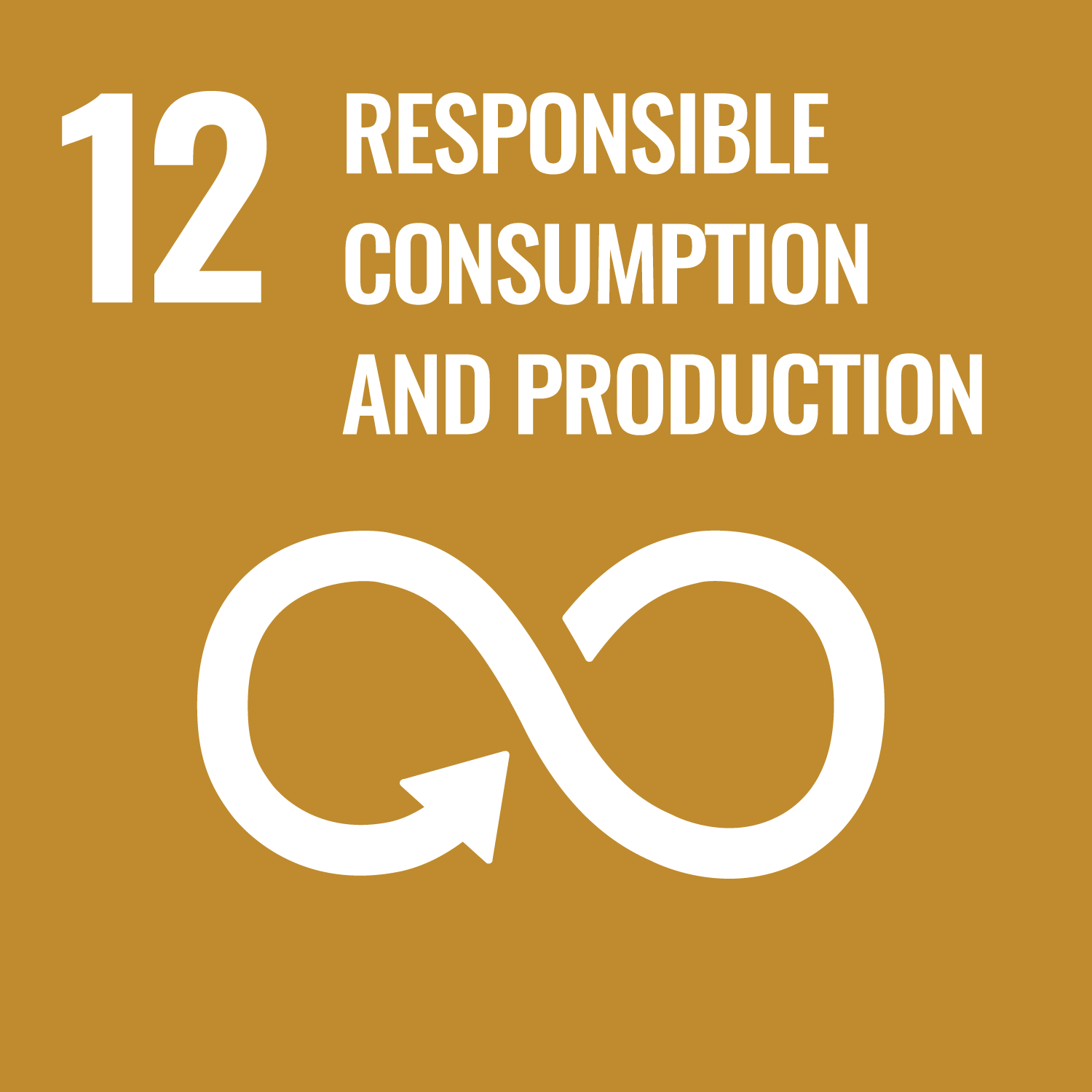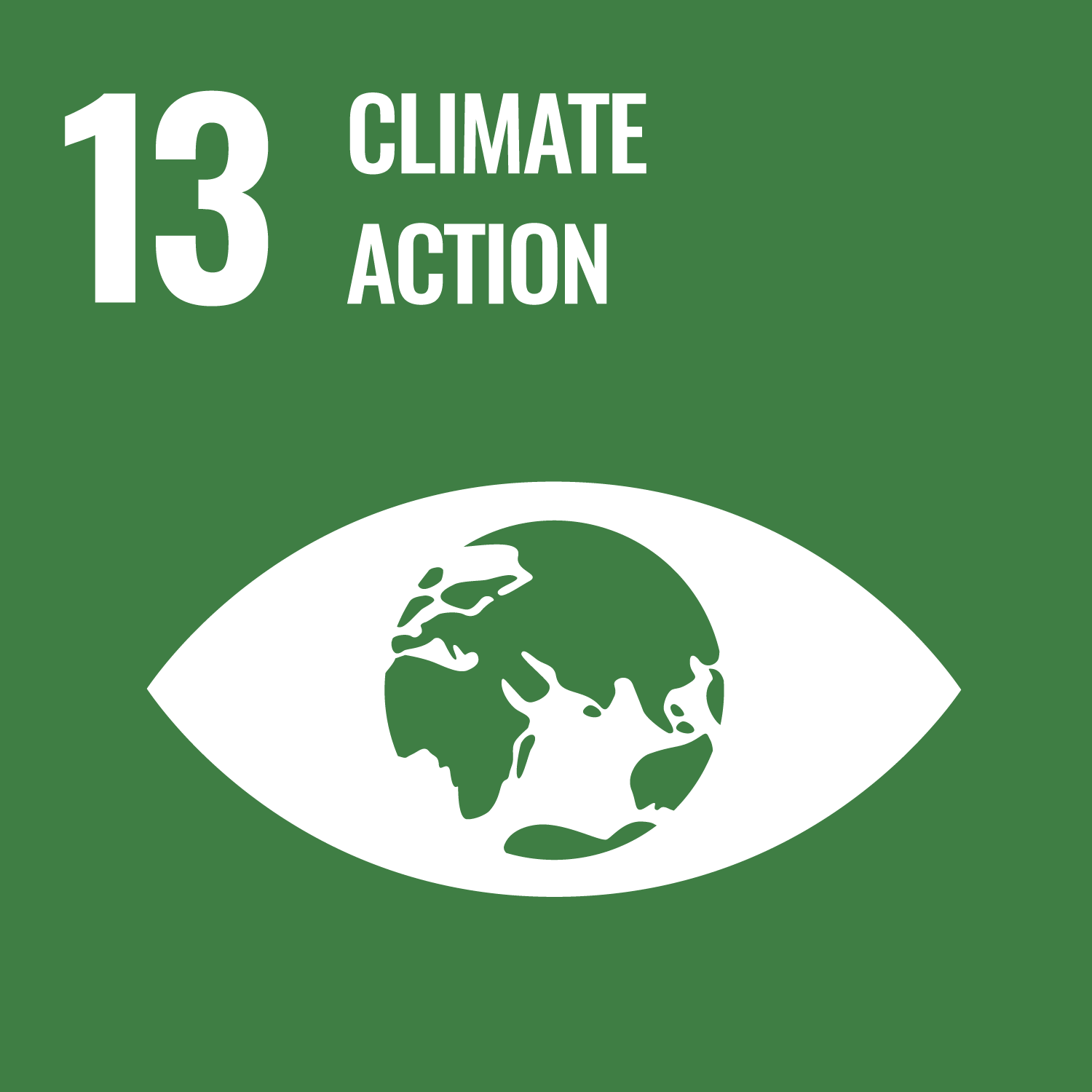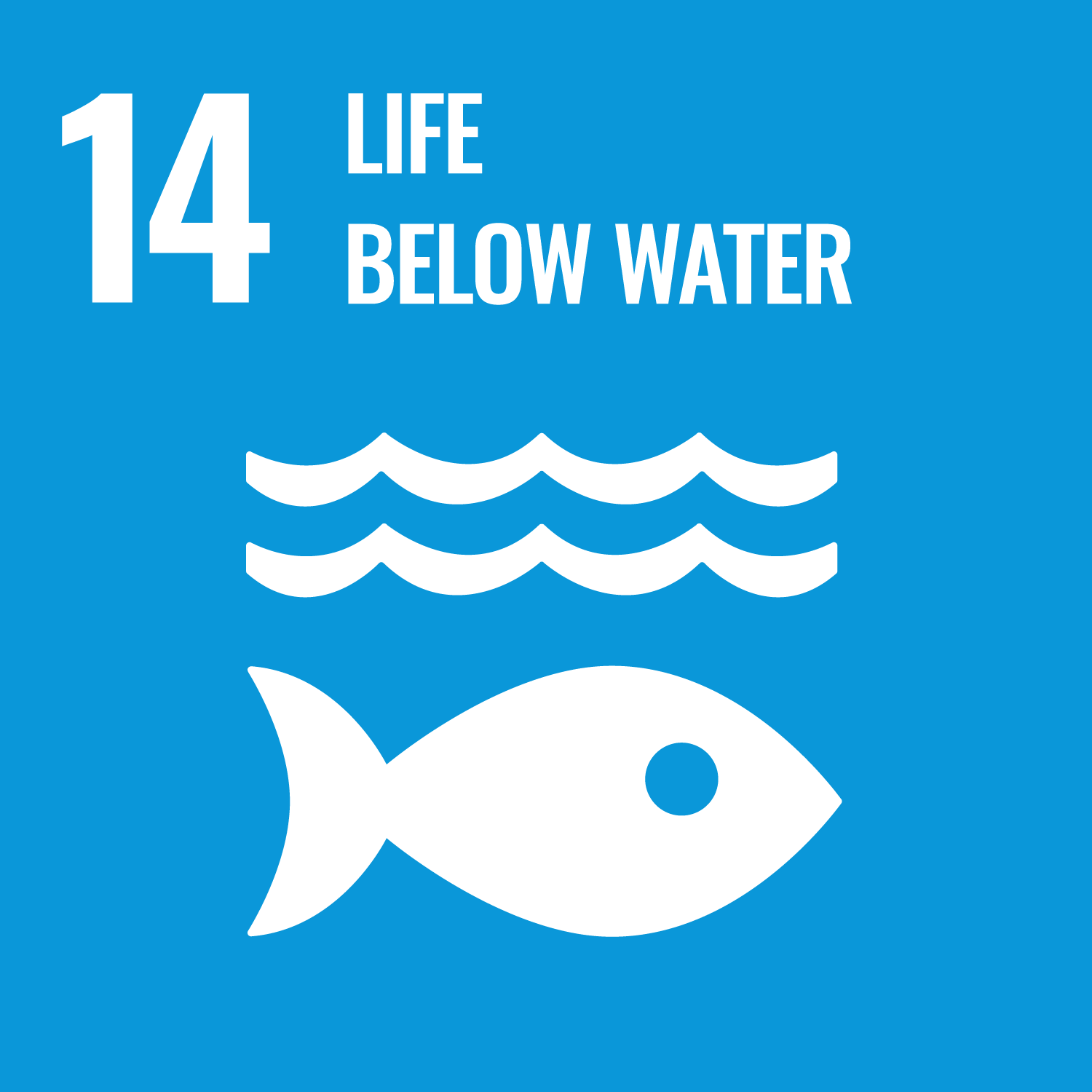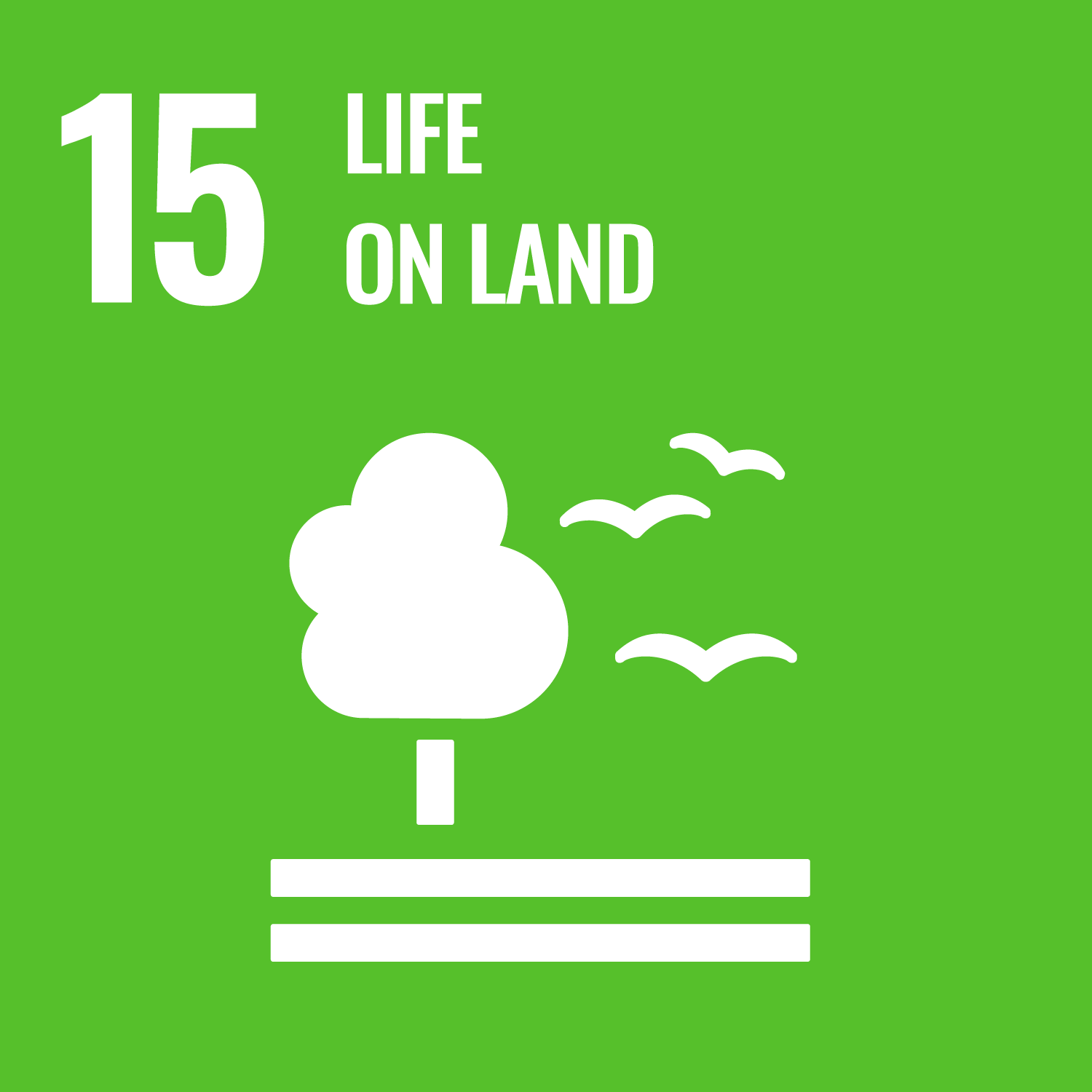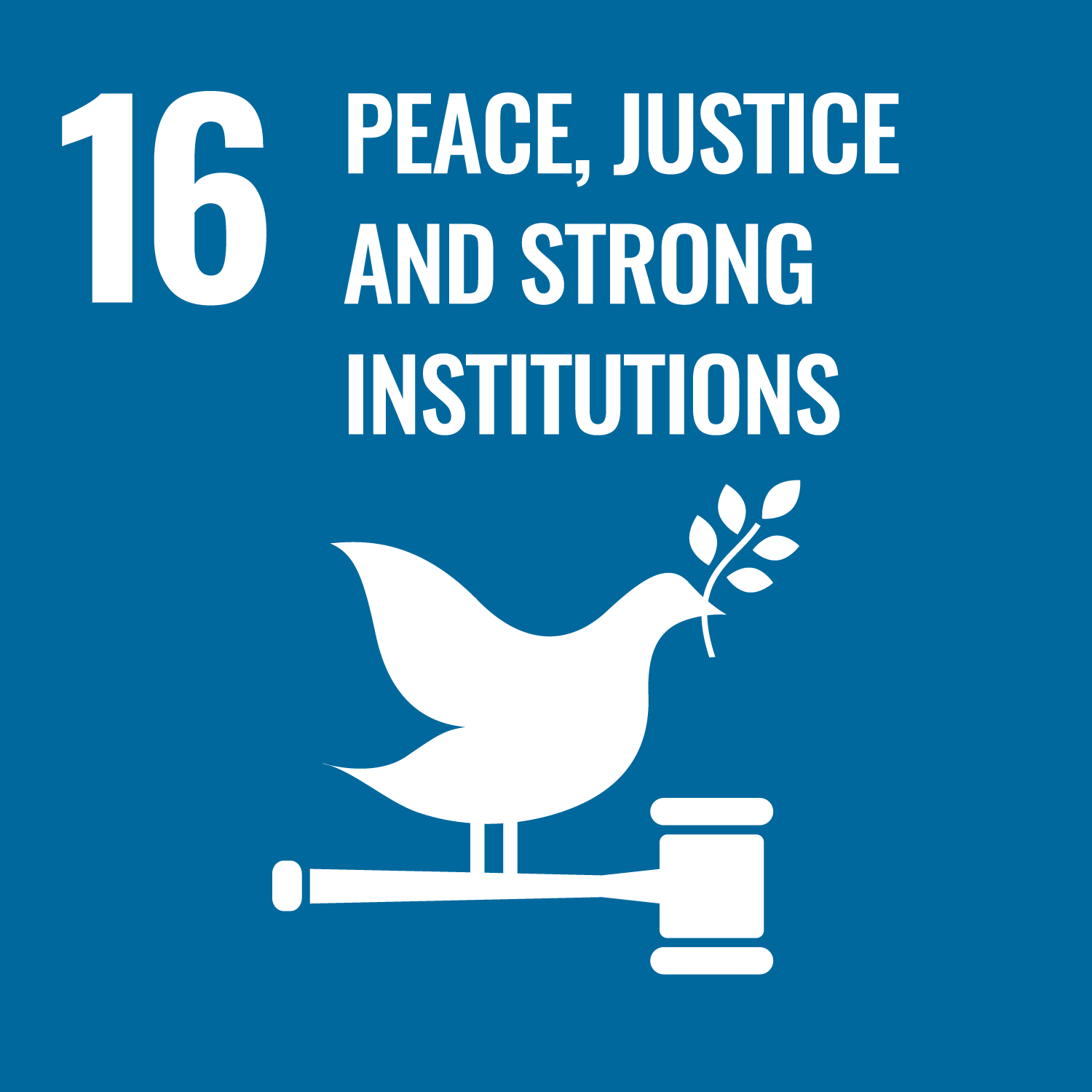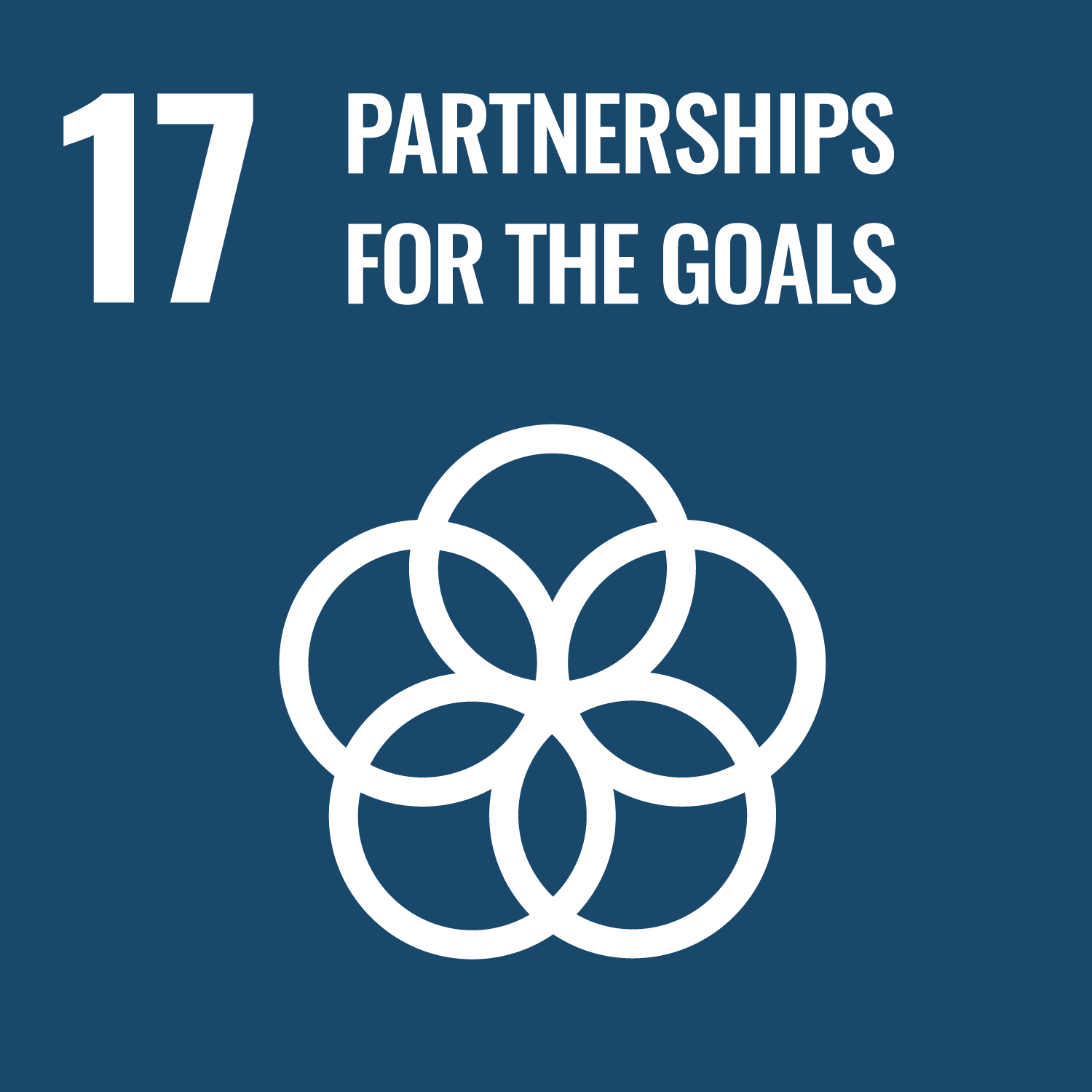Development of smart technology for mojako fishing using field facilities at Kagoshima University
Department of Aquatic and Fishery Sciences, Faculty of Fisheries、Ocean Civil Engineering Program KOBARI Toru・NAKAMURA Hirohiko・KUME Gen・ENDO Hikaru・TSUTSUMI Eisuke・NISHINA Ayako・SUMOTO Hirofumi・KODAMA Masafumi(Faculty of Fisheries)・YAMASHIRO Toru・KAKO Shin'ichiro(Faculty of Engineering)
https://www.fish.kagoshima-u.ac.jp/aqua/Background and objectives of activities
Sea aquaculture is an important industry that supports Japan's fisheries industry, and yellowtail aquaculture in particular is a key industry in Kagoshima Prefecture. Although it is a typical supply chain industry, it is also a fragile industry with many risk factors that are difficult to predict and avoid. In particular, the industry faces a variety of problems, such as a sharp rise in fuel and feed costs due to political instability, and a significant decrease in revenue due to the normalization of red tide and fish diseases. Therefore, there is an urgent need to develop technologies to predict and avoid these risk factors.
Summary of Activities
To develop a technology to improve the efficiency of natural seedling harvesting, which is essential for yellowtail farming, using a high-resolution ocean model. In Task 1, we will develop technology to predict when and where the algal blooms that accompany yellowtail mocjacco, the cultured seedling of yellowtail, will arrive (a model to predict algal blooms). Issue 2 is to develop technology to search for areas with high concentrations of driftweed that are likely to become fishing grounds for mhojako fishing (flow algae map). Issue 3 is to develop an interactive website that can effectively provide information to fishermen who operate fisheries and to local governments and fishery cooperatives that manage mojako resources (Mojako Fishing Smart Project website).
Expected Benefits
Reduce time and fuel costs for searching for mojako fishing grounds (SDGs 8, 9, and 14)
Formulate realistic plans for the harvest of mojako in cooperation with local communities and secure stable seedlings (SDGs 9, 14, and 17)
Model fishery resource management measures based on local oceanographic information (SDGs 9, 14, 17)
Promotion of smart fisheries using marine big data (SDGs 8, 9, 14, and 17)
